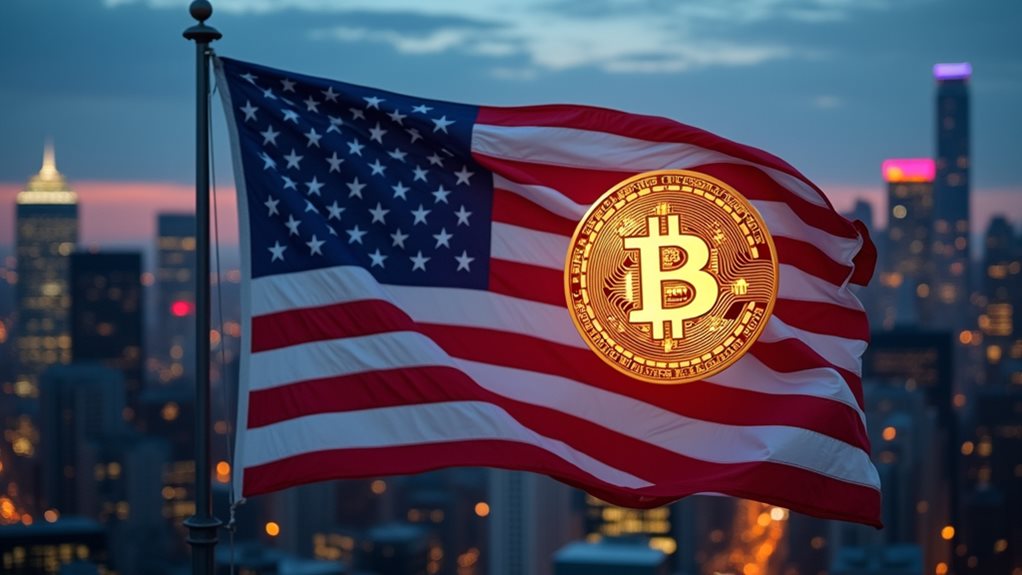Russia approved crypto-pegged investment products while maintaining its ban on actual cryptocurrency ownership—talk about having your cake and not eating it too. The Bank of Russia greenlit derivatives and securities tied to Bitcoin prices, but investors can’t actually own the underlying assets. Only qualified investors with deep pockets can participate in this three-year experiment. Meanwhile, crypto trading volume hit $93 billion as institutional players like Sberbank jumped in. The regulatory gymnastics reveal deeper strategic considerations.

While Russia has spent years flip-flopping on crypto like a fish out of water, the Bank of Russia just gave qualified investors something new to play with. The central bank approved trading of financial instruments tied to crypto prices, but there’s a catch that would make any real crypto enthusiast roll their eyes.
These investments are non-deliverable. Translation? You get to bet on Bitcoin’s price movements without actually owning any Bitcoin. It’s like watching a pizza commercial when you’re hungry – you see it, you smell it, but you can’t actually take a bite.
The approved products include derivatives, securities, and digital financial assets all pegged to cryptocurrency prices. Think of them as crypto’s distant, well-behaved cousins that your conservative uncle might actually approve of. They work similarly to ETFs, minus the whole ownership thing that makes crypto, well, crypto. Amid market volatility concerns, institutional investors remain hesitant to fully embrace cryptocurrency investments.
Only qualified investors can access these products. We’re talking high-income individuals with serious financial assets – not your average person scrolling TikTok for investment advice. The general public remains locked out, probably for the best given Russia’s track record with financial experiments.
Russian banks jumped on this faster than you’d expect. T-Bank started rolling out products immediately, while Sberbank is positioning itself as a market maker for regulated crypto platforms. These institutions must fully back their positions with capital, because apparently someone learned something from past financial disasters.
The timing is fascinating. Crypto asset inflows in Russia hit 7.3 trillion rubles in Q1 2025, with local trading volume surging to $93 billion. That’s a lot of rubles chasing digital assets, even if they can’t actually hold them. The government is simultaneously laying the foundation for a government-run crypto exchange expected to launch soon under strict regulatory oversight.
This whole arrangement is part of a three-year experiment. Russia’s being cautious, implementing strict risk controls and exposure limits while maintaining their skeptical stance on direct crypto investment. The move comes as the government considers developing a national stablecoin to reduce exposure to foreign financial pressure following sanctions. It’s financial innovation with training wheels – you get the thrill of crypto price swings without the regulatory headache of actual cryptocurrency ownership.
The central bank continues discouraging direct crypto investment while simultaneously creating these crypto-adjacent products. It’s regulatory gymnastics at its finest.









